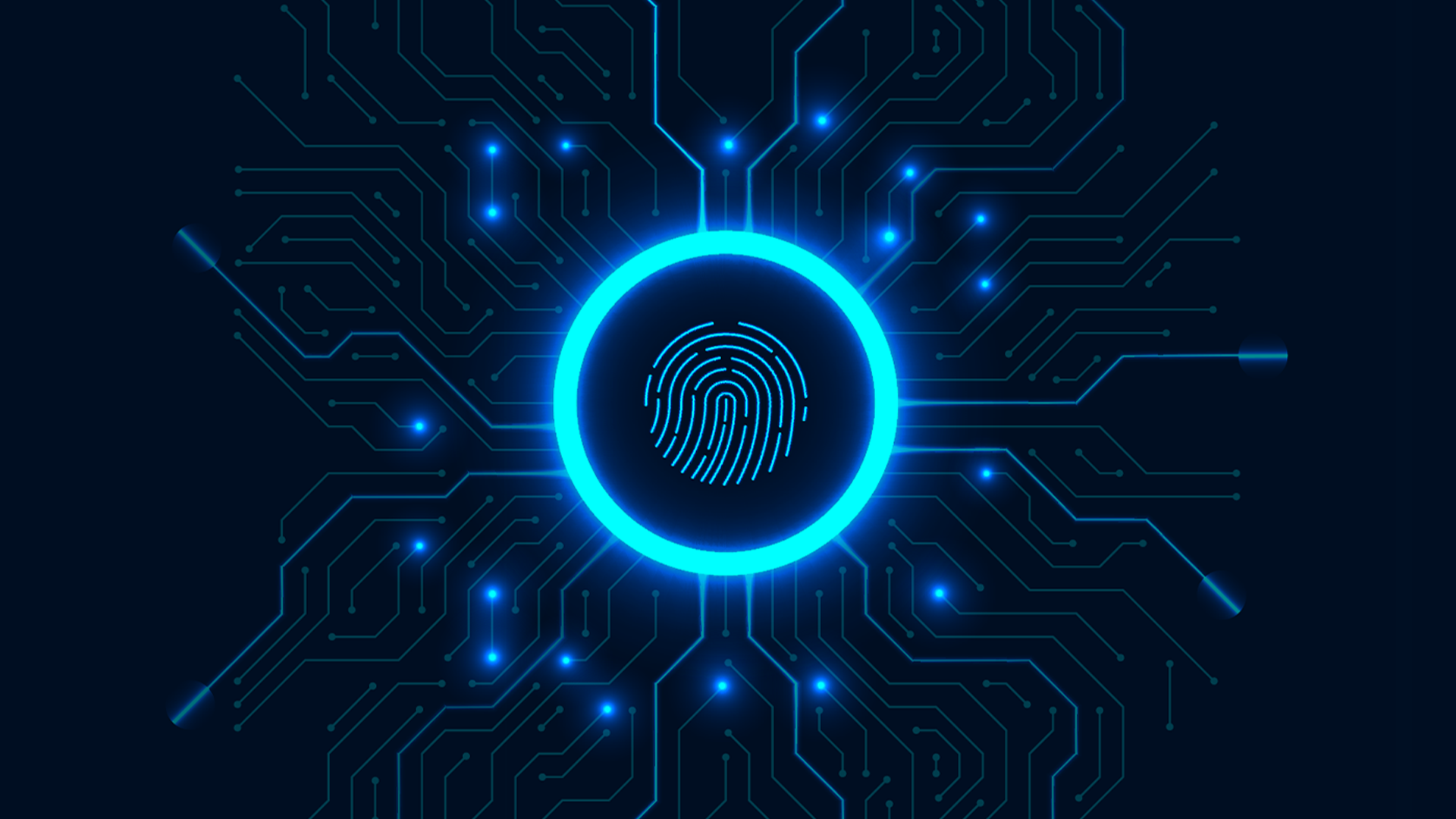How to choose the right framework—or combination—for your SaaS business.
Security and compliance can feel overwhelming, especially when you’re scaling fast and everyone expects clear answers, from enterprise buyers to your board.
If you’re in SaaS, you’ve likely encountered these names: SOC 2, PCI DSS, and ISO 27001. Maybe they’re on your roadmap. You may have been asked for all three in a single deal cycle.
Here’s the thing: these frameworks aren’t mutually exclusive. Each serves a different purpose. Used strategically, they complement each other and build trust with various audiences.
Let’s break them down.
SOC 2 – Trust and Transparency for Customers
SOC 2 is the go-to framework for SaaS companies selling into the U.S. market, especially to mid-market and enterprise customers. It’s based on five Trust Services Criteria: Security, Availability, Processing Integrity, Confidentiality, and Privacy. Most companies start with Security (SOC 2 Type I or II).
If your customers ask, “How do you keep our data safe?” — SOC 2 is your answer.
Source: AICPA – Trust Services Criteria (TSP Section 100).
PCI DSS – Handling Cardholder Data? You Need This.
PCI DSS is mandatory if your product processes or stores credit card data. Whether you’re building a payment gateway, an e-commerce platform, or just integrating with payment providers like Stripe, PCI DSS defines the security controls required to protect cardholder data.
It’s more prescriptive than SOC 2, with clear “must do” technical and operational requirements, and failing to comply carries real penalties.
Source: PCI Security Standards Council – PCI DSS v4.0.
ISO/IEC 27001 – Global Security Program Structure
ISO 27001 is globally recognized and focuses on building a comprehensive Information Security Management System (ISMS). It’s process-driven and policy-heavy, but it offers a robust way to standardize security operations across international markets.
It also provides the foundation for adopting additional ISO standards, such as ISO 27701 (privacy) or ISO 27017 (cloud security).
Source: ISO/IEC 27001:2022 – ISMS requirements.
So Which One Do You Need?
Here’s a simplified comparison for SaaS organizations:
| Framework | Best For | Geography | Audit Type |
|---|---|---|---|
| SOC 2 | Customer trust & enterprise sales | U.S.-focused | Auditor attestation |
| PCI DSS | Handling credit card data | Global | QSA assessment or SAQ |
| ISO 27001 | Global, structured security program | International | Formal certification |
Many SaaS companies begin with SOC 2 and then layer on ISO 27001 as they expand globally or mature their internal programs. PCI DSS is essential if you process or store payment data—there are no exceptions.
Real Talk: Why This Matters
Buyers expect more than assurances—they want evidence. Compliance is no longer just about internal risk mitigation; it’s a growth enabler. When frameworks like SOC 2, ISO 27001, and PCI DSS are aligned with your product and customer expectations, they accelerate deal cycles, reduce vendor due diligence friction, and protect long-term credibility.
Done right, your compliance stack becomes a trust signal — not just a check-the-box effort.
Your Move
Are you currently managing multiple frameworks or trying to decide which one to lead with?
I’ve worked with teams navigating this exact crossroads, especially in high-growth SaaS environments.
Feel free to reach out—I’m always happy to share what I’ve learned from the field.
